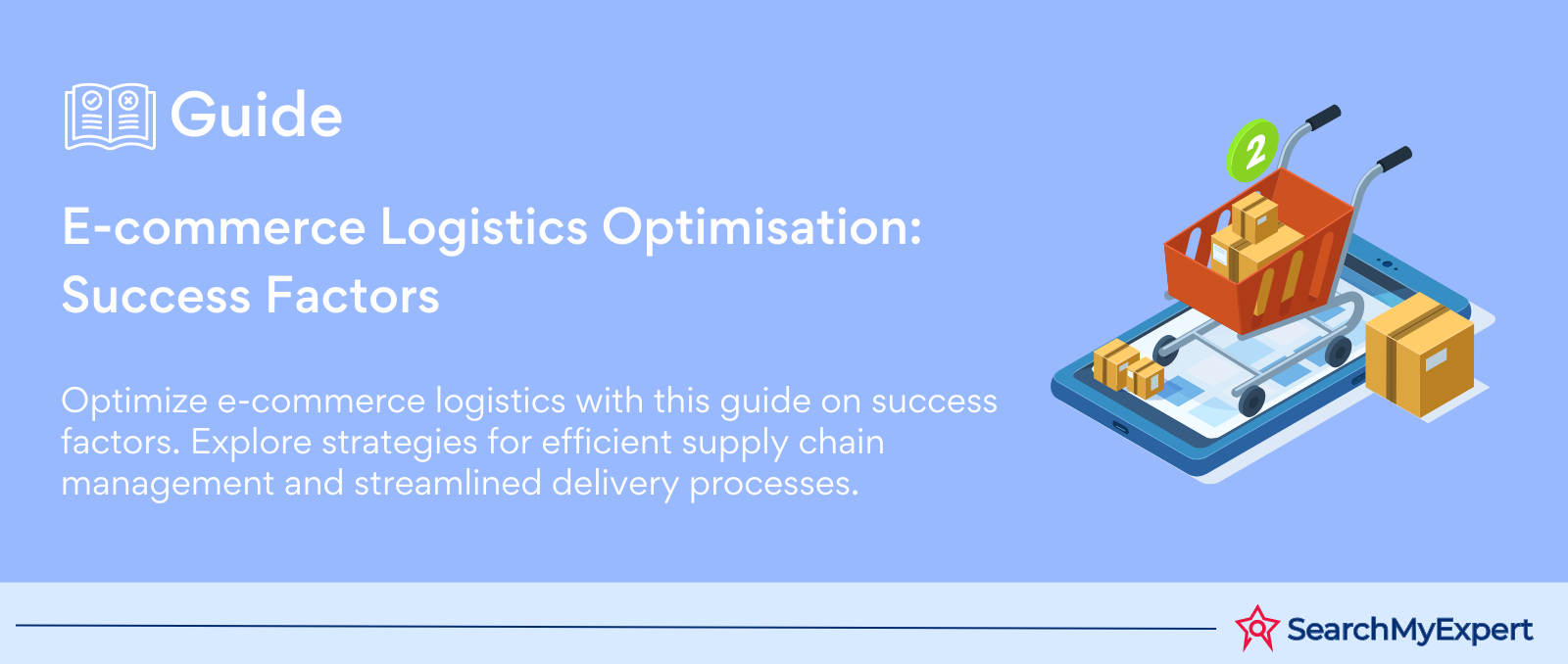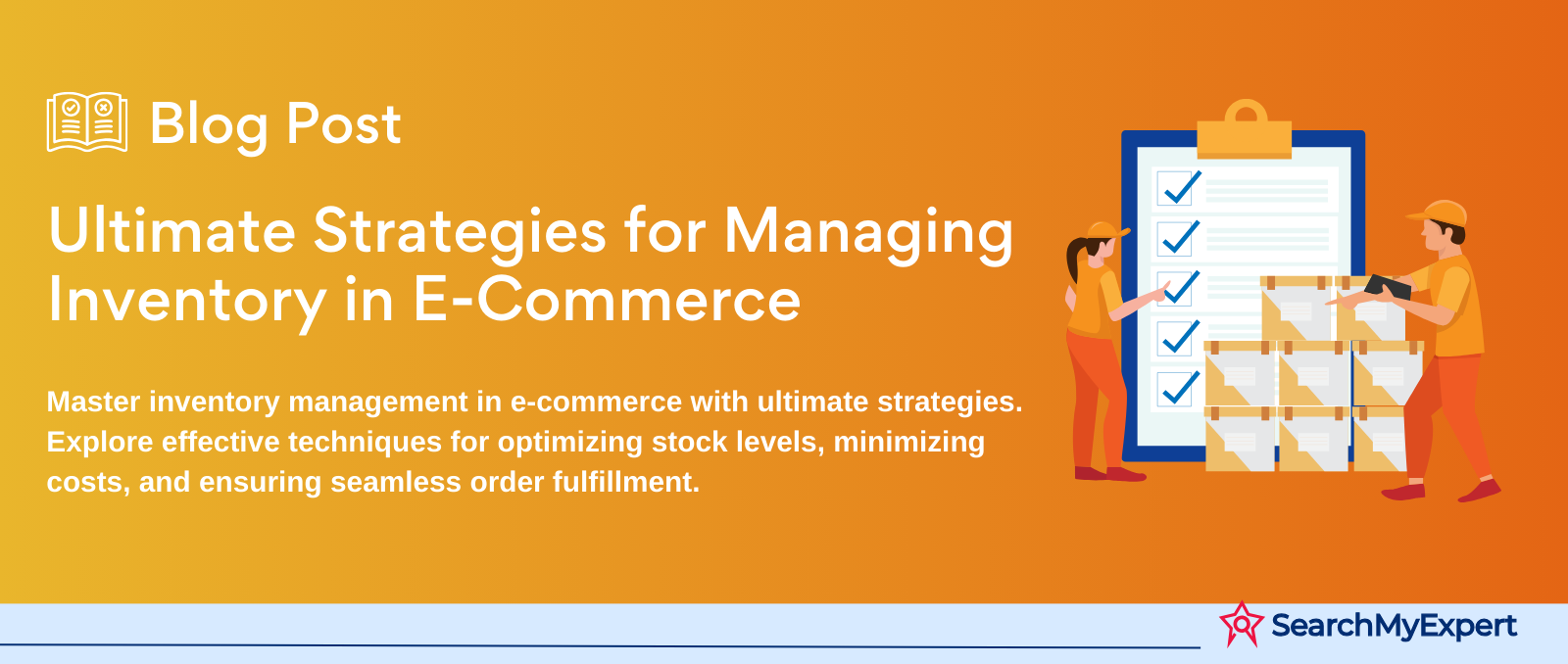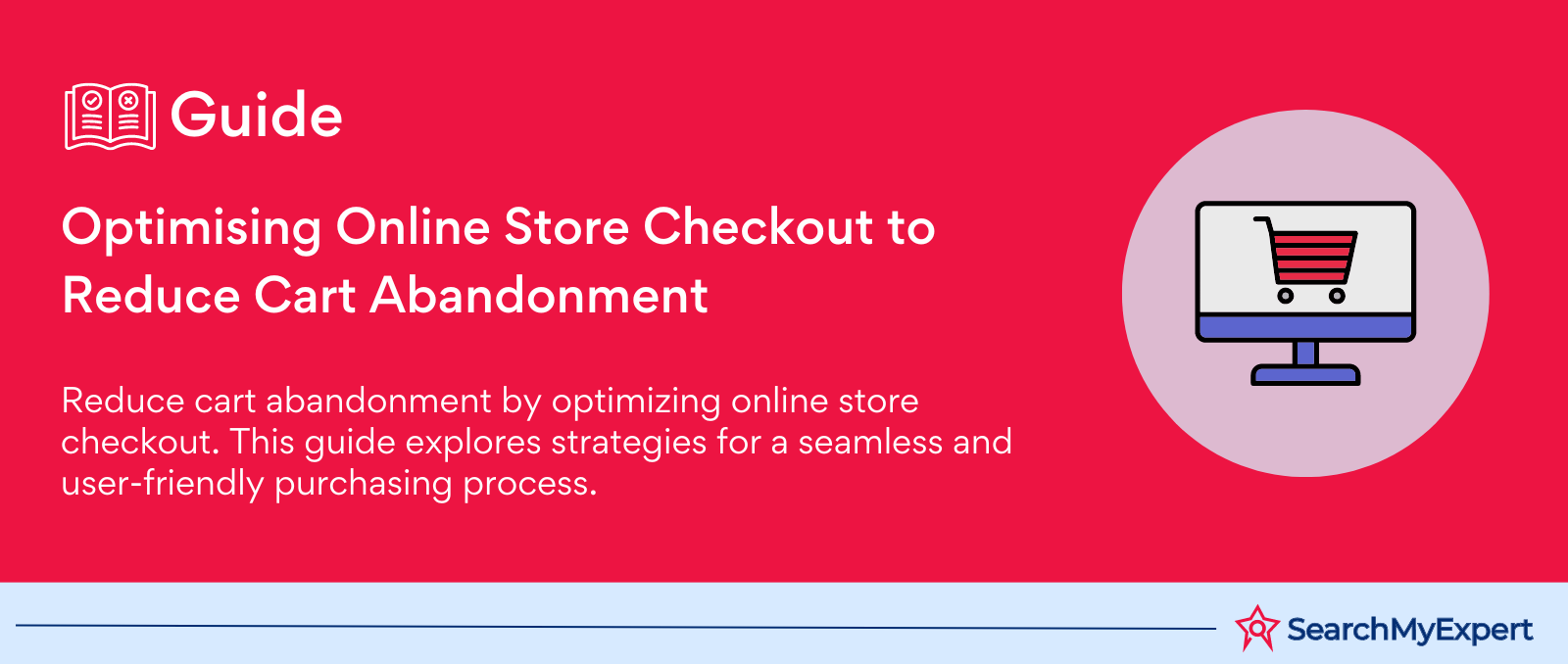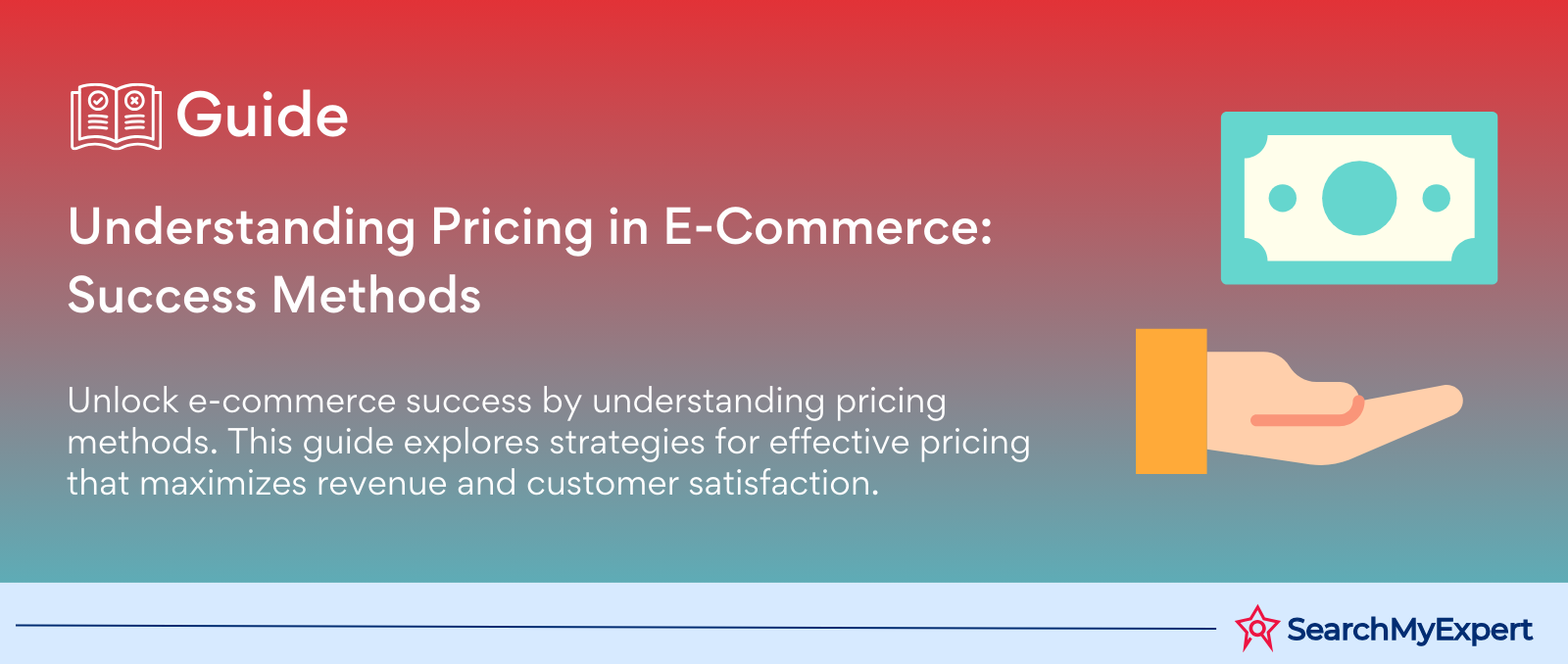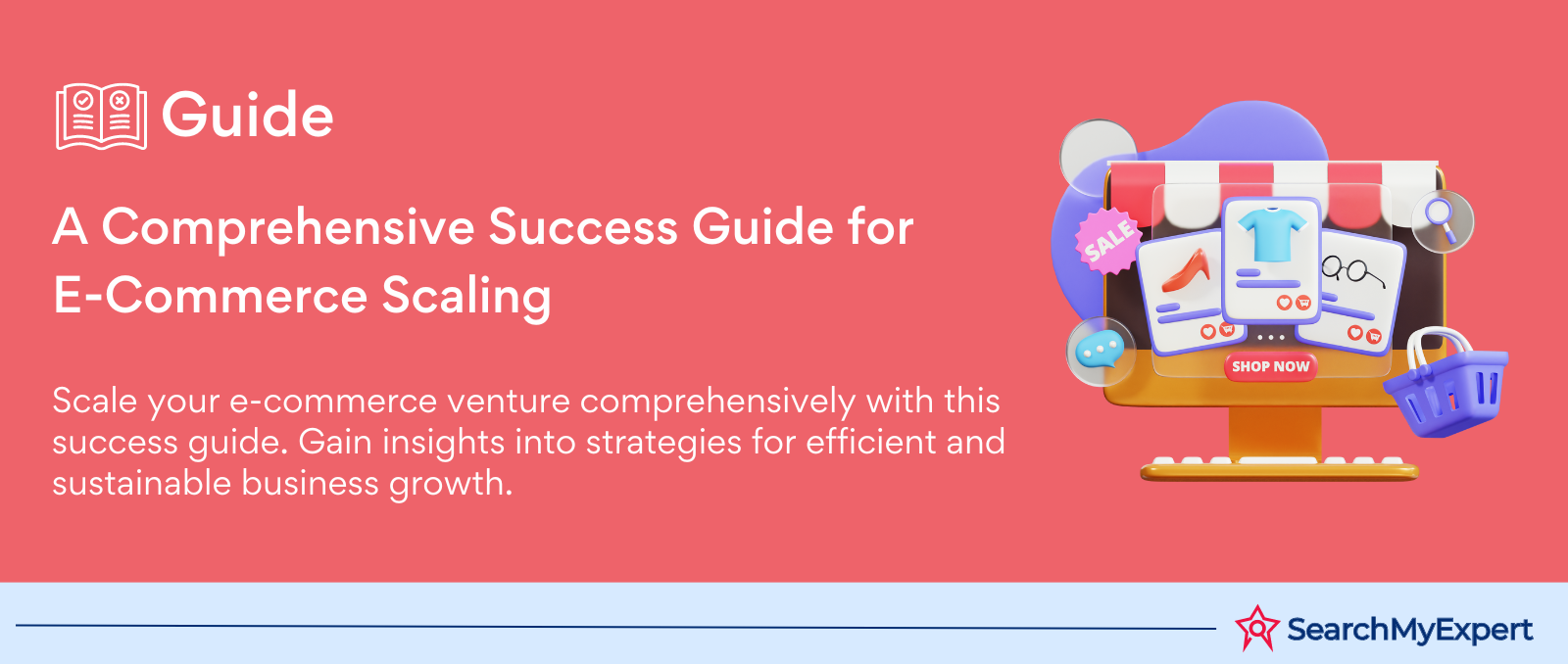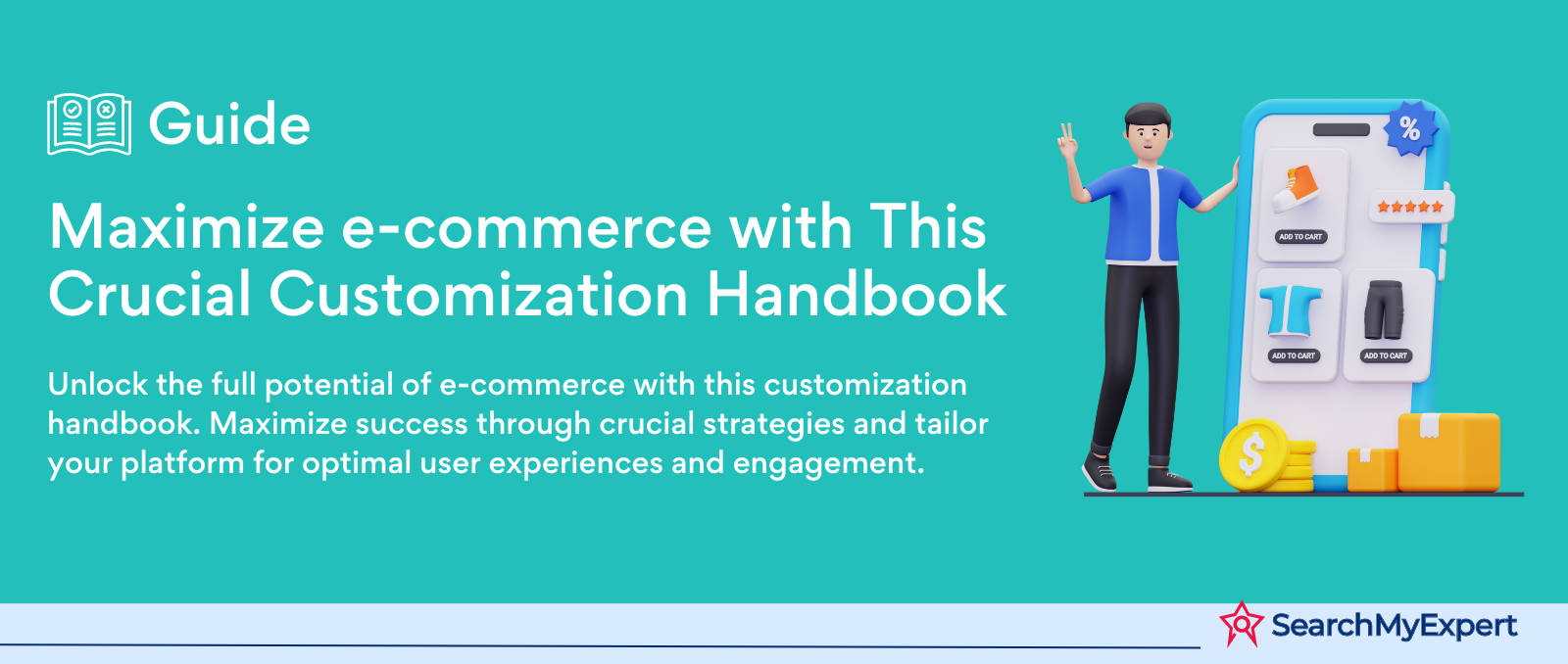Which one is the best for your project?
Takes 30s. 100% Free
Why search my expert?
5,440+
Verified Agencies
100%
Money Protection
1,000+
Satisfied Customers
Looking For Product Design Services in india?
Looking for a top-notch product design in india partner? We've compiled this list of the best product design companies to help you find the right fit. These studios and agencies are leaders in crafting cutting-edge user experiences, interfaces, and product strategy for innovative brands. Their portfolios showcase expertise across mobile, web, voice experiences, and emerging technologies. Whether you need assistance ideating and testing new product concepts or designing polished interfaces ready for development, this list has a product design firm with the skills and sensibilities to bring your digital products to life. Read on for our curated selection of stellar product designing companies.
A product designer is a professional who designs user experiences and interfaces for digital products and services. They focus on understanding users' needs, business goals, and technical constraints, and synthesizing these insights into intuitive, engaging product experiences.
The role of a product designer in india sits at the intersection of design, technology, and business. Their work involves user research, ideation, prototyping, interface design, interaction design, visual design, and collaboration with cross-functional teams like engineering, product management, and marketing.
Product designers aim to craft seamless end-to-end experiences and thoughtful product ecosystems that delight users and drive business success. Their expertise spans user psychology, design principles, technology capabilities, and business strategy.
What do product designers do in india?
The day-to-day responsibilities of a product designer in india can vary depending on the company and product lifecycle stage. However, some core activities include:
- User Research: Product designers conduct user interviews, surveys, observation sessions, and usability studies to understand target users' goals, behaviors, pain points and needs. This research informs their designs.
- Ideation: They brainstorm and sketch concepts for new features and product directions, iterate on promising ideas, and conveying the product vision.
- Prototyping: Product designers create low-fidelity prototypes to explore and communicate early concepts and high-fidelity interactive prototypes to simulate the user experience in detail.
- Interface Design: They conceive app/website structures, user flows, and screen layouts optimized for usability and conversion. This involves information architecture and interaction design.
- Visual Design: Product designers craft the look-and-feel, brand identity, and aesthetics of the product experience through typography, color, imagery, and motion.
- Collaboration: They work closely with cross-functional partners like engineering, product, and marketing to ensure designs meet business needs and technical capabilities.
- Testing & Iteration: Product designers gather user feedback on prototypes through usability testing and analyze usage metrics, iteratively improving designs based on insights.
- Production Handoff: They provide specifications and assets to engineering teams to build pixel-perfect product experiences and support the development process.
Why are product designers important in india?
Product designers in india play a crucial role in shaping the user experience and driving business results. Here are some key reasons they provide immense value:
- Represent the User: Product designers deeply understand target users through research and champion the user perspective. This ensures the product solves real needs.
- Craft Intuitive Experiences: Thoughtfully designed interfaces, interactions, and flows allow users to easily accomplish goals with products. Product designers create frictionless experiences.
- Drive Adoption & Loyalty: Well-designed products provide joyful experiences that attract new users and increase engagement. Product designers build emotional connections between users and brands.
- Increase Efficiency: Simplifying complex tasks and anticipating user needs reduces the steps users take to complete goals with a product, saving time and frustration.
- Guide Product Strategy: Product designers identify new opportunities and directions for products based on user insights. Their ideas and vision influence product roadmaps.
- Enable Business Success: By focusing on user satisfaction and seamless experiences, product designers boost metrics like sales, conversions, and retention for businesses.
- Facilitate Development: Product designers create specs and assets that help engineering teams efficiently build products to a high-quality bar. Their work accelerates development.
In summary, product designers in india are essential because they blend user empathy, design thinking, and business alignment to craft experiences that satisfy users, differentiate products, and fuel business success.
Types of Product Designers in india
Generalist product designers
Generalist product designers in india are versatile designers who can wear many hats throughout the product development process. Rather than specializing in a single discipline like visual design or user research, they have skills spanning multiple competencies required for end-to-end product design.
Generalist product designers typically get involved in the following activities:
- Stakeholder interviews: They talk to cross-functional partners like engineering, product management, and marketing to understand business goals, technical constraints, and target users.
- User research: To gain user insights, generalist product designers may conduct interviews, surveys, usability testing, and other research.
- Ideation: They brainstorm early concepts and ideas for new features and product directions based on user needs, business goals, and technology capabilities.
- Information architecture: Generalist product designers define the structure, pages, and content of digital products to organize information intuitively for users.
- Interaction design: They map out user flows showing how users move through products and architect interactions and behaviors in response to user inputs.
- Wireframing: They use low-fidelity wireframes to explore structural and content options for product layouts and flows.
- Prototyping: Generalist product designers create low-fidelity prototypes to communicate concepts and high-fidelity prototypes to demonstrate complex interactive experiences.
- Visual design: Though they may collaborate with visual designers, generalists can evolve wireframes into screens with layout, typography, color, iconography and graphics.
- Usability testing: They conduct usability studies on prototypes to gather feedback, uncover issues, and iterate on designs.
- Working with engineering: Generalist product designers provide specifications to engineering and assist with questions during development.
- Product launches: They help finalize assets, documentation, and training for product launches.
With their versatile skillset, generalist product designers can shepherd products from early concepts to polished end experiences. They are adaptable all-rounders who can tackle varied design challenges.
UX designers in india
UX (user experience) designers in india zero in on crafting intuitive, user-centric designs optimized for usability and delight. Their work revolves around understanding and empathizing with users through research, analyzing findings to uncover insights, ideating design solutions, and testing/iterating based on feedback.
Core responsibilities of UX designers include:
- Planning and conducting user research through interviews, surveys, field visits, usability studies, and other methods
- Identifying user pain points, needs, behaviors, and motivations
- Communicating research insights to product teams and advocating for users
- Conceptualizing user flows showing steps users take to complete key tasks
- Producing low-fidelity prototypes and wireframes to explore ideas
- Designing information architecture and content structure for intuitive content digestion
- Architecting intuitive interaction models and microinteractions
- Conducting expert reviews and usability tests to identify issues and iterate
- Building out detailed user journeys across channels like mobile, web, and other touchpoints
- Collaborating with visual designers to evolve wireframes into high-fidelity mockups
- Tracking qualitative and quantitative data on user behavior for ongoing optimization
UX designers blend psychology, human-computer interaction, information architecture, interaction design, and design thinking principles to create seamless user experiences. Their obsession with the user helps shape products that effectively address consumer needs.
UI designers in india
UI (user interface) designers in india focus on the visual layer, aesthetics and micro-interactions of product experiences. They bring interfaces to life through layout, typography, color, motion, iconography, and graphic elements.
Key responsibilities include:
- Designing screen layouts and structure for clear visual hierarchy and information organization
- Selecting easy-to-read fonts and typographic styles optimized for platform and context
- Crafting design systems including color palettes, icons, illustrations, and graphic treatments
- Designing interface elements like menus, tabs, buttons, lists, panels, notifications and widgets
- Translating wireframes and flows into high-fidelity screens with detailed UI treatments
- Applying interface patterns and best practices for usability and consistency
- Building component libraries and style guides to align UI patterns across products
- Animating subtle micro-interactions and transitions between states and screens
- Collaborating with UX designers on flows and wireframes to ensure designs work together holistically
- Working with engineers to translate high-fidelity designs into functional end products
- Conducting QA testing to ensure designs are implemented pixel-perfect
UI designers blend graphic design, interactive design, and visual problem solving skills to elevate usability and provide satisfying user interactions. Their aesthetic sensibilities bring personality and craft to products.
Product Designer Skills in india
User Research
User research involves understanding user behaviors, needs, motivations, pain points, and emotions through various qualitative and quantitative methods. Strong skills in user research help product designers gain insights to guide designs. Important abilities include:
- Planning and facilitating effective user interviews and usability studies
- Observing users in their natural environments to uncover contexts and behaviors
- Creating surveys and questionnaires to gather broad user feedback
- Analyzing and synthesizing qualitative research data into actionable findings
- Using analytics tools to gather usage data on digital products
- Communicating insights clearly to influence product strategy and development
- Balancing user feedback with business goals and technical constraints
- Turning research insights into features, flows, and designs that solve user problems
User Experience Design
User experience (UX) design involves crafting end-to-end experiences that are intuitive, seamless, and pleasurable for users. Key skills include:
- Conceptualizing user flows showing how users move through products
- Designing information architecture and content structures optimized for usability
- Architecting interactions and behaviors in response to user inputs
- Anticipating user needs and pain points through empathy and logic
- Applying interface patterns and best practices appropriately
- Adhering to platform conventions and standards for familiarity
- Blending psychology, interaction models, and design principles to craft satisfying experiences
- Using prototypes and wireframes to explore ideas and communicate concepts
- Conducting usability testing to uncover issues and refine designs
User Interface Design
User interface (UI) design focuses on the visual layer of product experiences including layout, typography, color, iconography, motion, and graphical elements. Key skills include:
- Understanding visual hierarchy, composition, and gestalt principles of design
- Selecting easy-to-read fonts optimized for screens and contexts
- Applying color theory and palettes that align with brand and elicit the desired mood
- Designing interface components like menus, buttons, lists, and notifications
- Crafting stylistic frameworks and design systems for visual consistency
- Animating micro-interactions to bring delight and clarify functionality
- Using illustrations, icons, and graphics to communicate visually and enhance aesthetics
- Collaborating with UX designers to unite seamless interactions and flows with compelling visuals
Visual Design
Visual designers focus on elevating aesthetics, brand identity, and graphic sensibilities of products. Key skills include:
- Expertise with design tools like Figma, Sketch, Adobe Creative Suite
- Strong composition, typography, color theory, and layout skills
- Illustration abilities to conceptualize ideas visually
- Knowledge of branding strategy and visual identity development
- Photo editing and image manipulation proficiency
- Data visualization skills to translate complex info into intuitive graphics
- Ability to art direct and collaborate with other creatives
- Animation skills to add motion for delight, feedback, and clarity
- Visual problem-solving to realize ideas and communicate emotion/tone
Motion Design
Motion designers specialize in crafting micro-interactions, transitions, animated visuals, and other motion elements to bring product experiences to life. Key skills include:
- Understanding UI/UX principles to support experiences through motion
- Animating interactions, transitions, feedback, loading states, and more
- Using animation principles like easing, timing, staging to craft intuitive motion
- Illustrating storyboards to plan out motion sequences and narratives
- Vector animation skills to animate SVGs, icons, illustrations
- Proficiency with design and animation tools like After Effects
- Knowledge of best practices for accessible animation based on context
- Collaborating with visual, UI, and UX designers to unite motion with broader product vision
Interaction Design
Interaction designers focus on designing dynamic, responsive behaviors between products and users. Key skills include:
- Architecting logical interaction models, patterns and behaviors
- Designing complex flows and transactions across screens and states
- Anticipating user expectations and responses to interactions
- Accounting for feedback, errors, and edge cases in interactions
- Applying interface patterns and interaction conventions appropriately
- Designing micro-interactions and transitions that bring delight
- Making interactions feel snappy, natural, and performant
- Collaborating across design, engineering and product teams
- Conducting usability testing to refine interactions
Interaction designers unite psychology, technical capabilities, and design principles to craft dynamic product behaviors optimized for usability.
Conclusion
Finding the right partner is crucial to transform your digital product vision into a polished, engaging experience loved by users. This list of top product design companies provides a sampling of agencies with the strategic insights, creative talent, and technical expertise to bring innovative ideas to life. Evaluate their capabilities, approach, and proven results as you search for a design firm that feels like an ideal culture fit. The right partnership with one of these industry leaders can elevate your product’s visuals, interactions, and user flows to new heights. With their help perfecting both form and function, you’ll be positioned to delight customers, outpace competitors, and achieve business success through excellent design.
FAQ
Product Designers Companies - FAQ
Blog posts
Trends Related To Product Design
